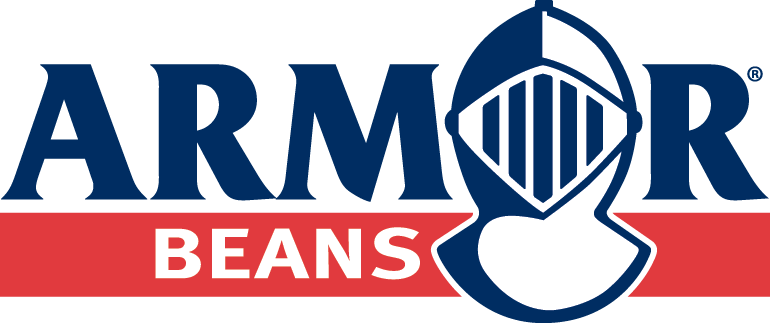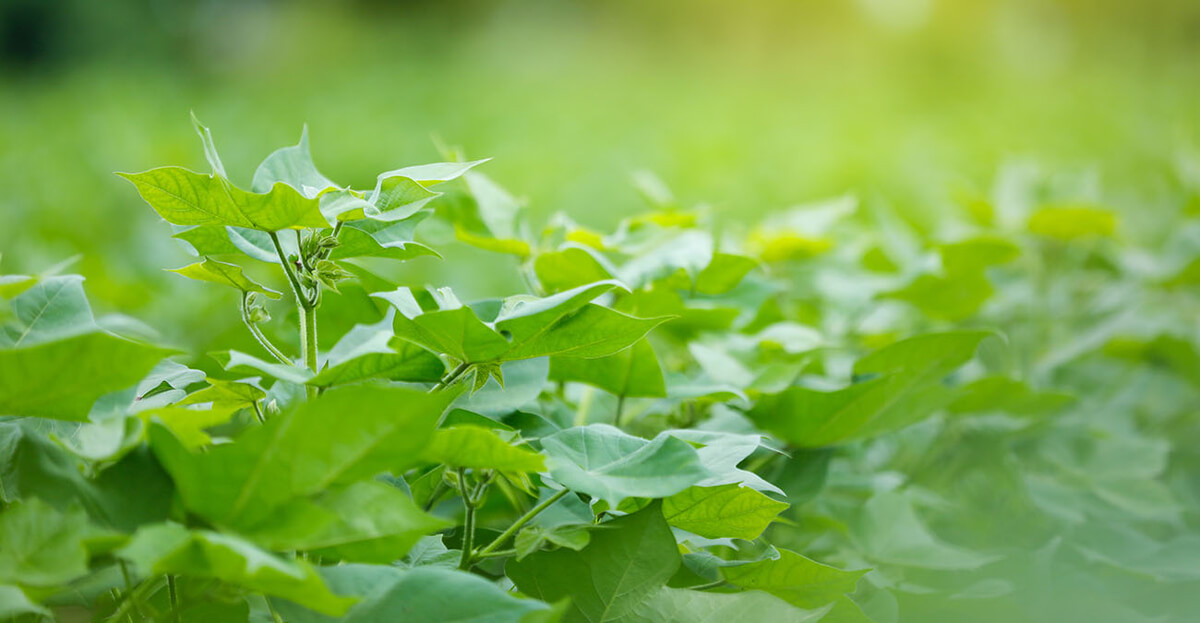Many of you use a seed treatment on your beans every year and some of you never use one. That can be chalked up to personal preference as a grower. But this year, you may want to think long and hard before skipping it. You can consider seed treatment like an insurance policy. A seed treated with fungicide and insecticide is going to be protected against those things that could potentially hinder growth and ultimately yield. In a year like this one, when seed quality may be factor and a cool, wet spring is a reality, it may make all the difference. At minimum, consider the following:
1. Fungicide
A fungicide is primarily used to reduce the effects of four soil-borne seedling diseases; Phytophthora, Pythium, Fusarium and Rhizoctonia. Each of these diseases have different favorable conditions. Phyophthora and Pythium favor cooler, wetter soils while Fusarium and Rhizoctonia favor warmer, drier soils. So when to treat and when not to treat? Most of the problems caused by seedling diseases in our area are with early planted beans. Pythium or Phytophthora cause the most problems and are typically referred to with the term "damping off." If you are planting early beans, I would recommend a fungicide seed treatment every time because the cooler, wetter weather during this time is normally favorable for some infection. As the temperature rises, most of the time soybean growth is rapid and the time period where an infection is possible is shortened. Some people treat every bean they plant, and often the treatment pays for itself. But if you’re deciding I am saying, at minimum, treat your earlier-planted beans.
2. Insecticide
In the south we may be getting some control on wireworms, grape colaspis, bean leaf beetles, thrips or three cornered alfalfa hoppers. The most immediate visible damage may be from the bean leaf beetle. However, damage from the three cornered alfalfa hopper will show up at harvest in the form of lodging. The others will cause seedling damage by feeding on plant roots. In a year with a lot on the line, a systemic seed treatment could prevent major crop damage.
3. Inoculant
If you are planting beans where there haven't been beans in several years, or into fields that have had extended periods of flooding over the past month with all the rainfall, you need to inoculate your seed. The bacteria that allows for nitrogen fixation in a soybean crop is present in the soil in normal crop rotation ground (corn to soybeans.) Ground that hasn't seen soybeans every other year may be lacking the bacteria. The inoculant contains the bacteria needed to fix atmospheric nitrogen into a plant available form.
Special thanks to Armor Seed’s Bill Rushing for contributing to this week’s blog.











